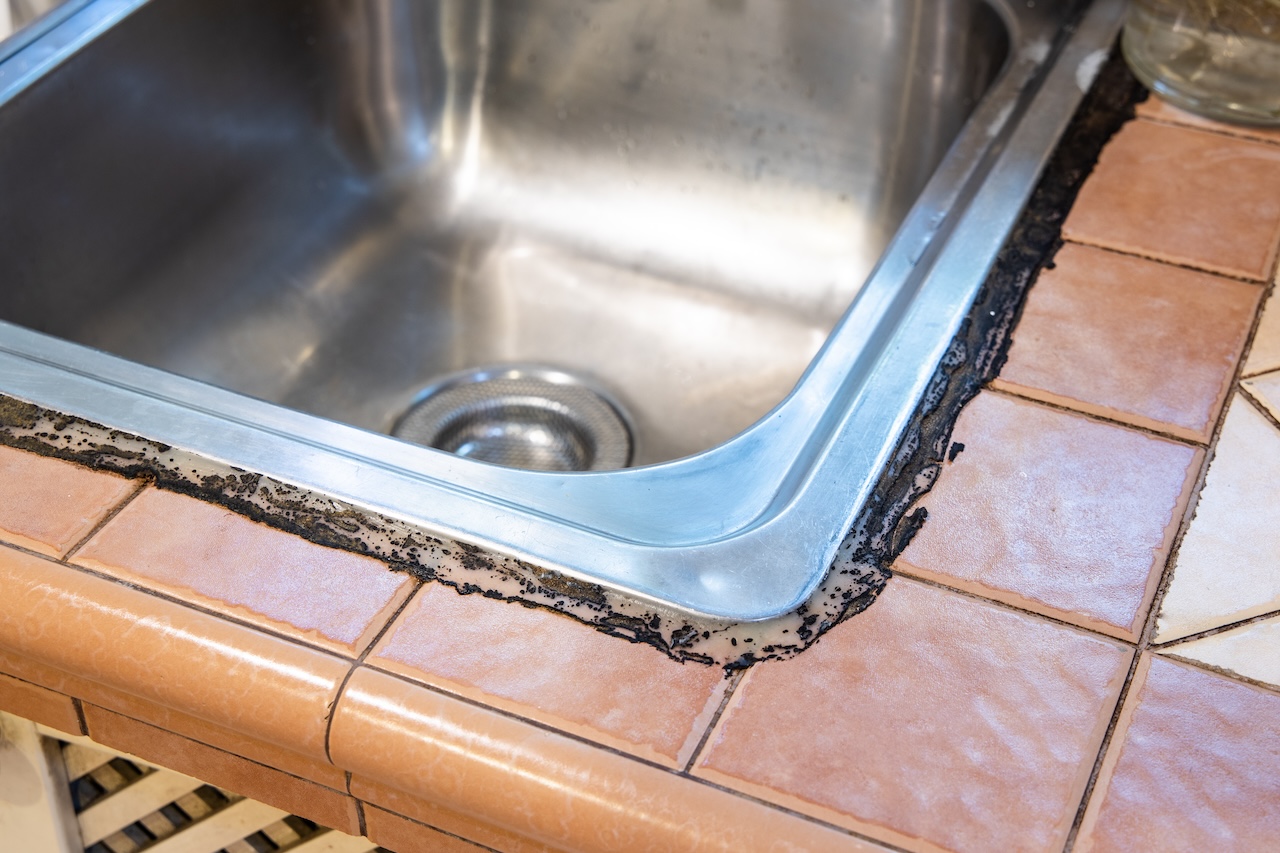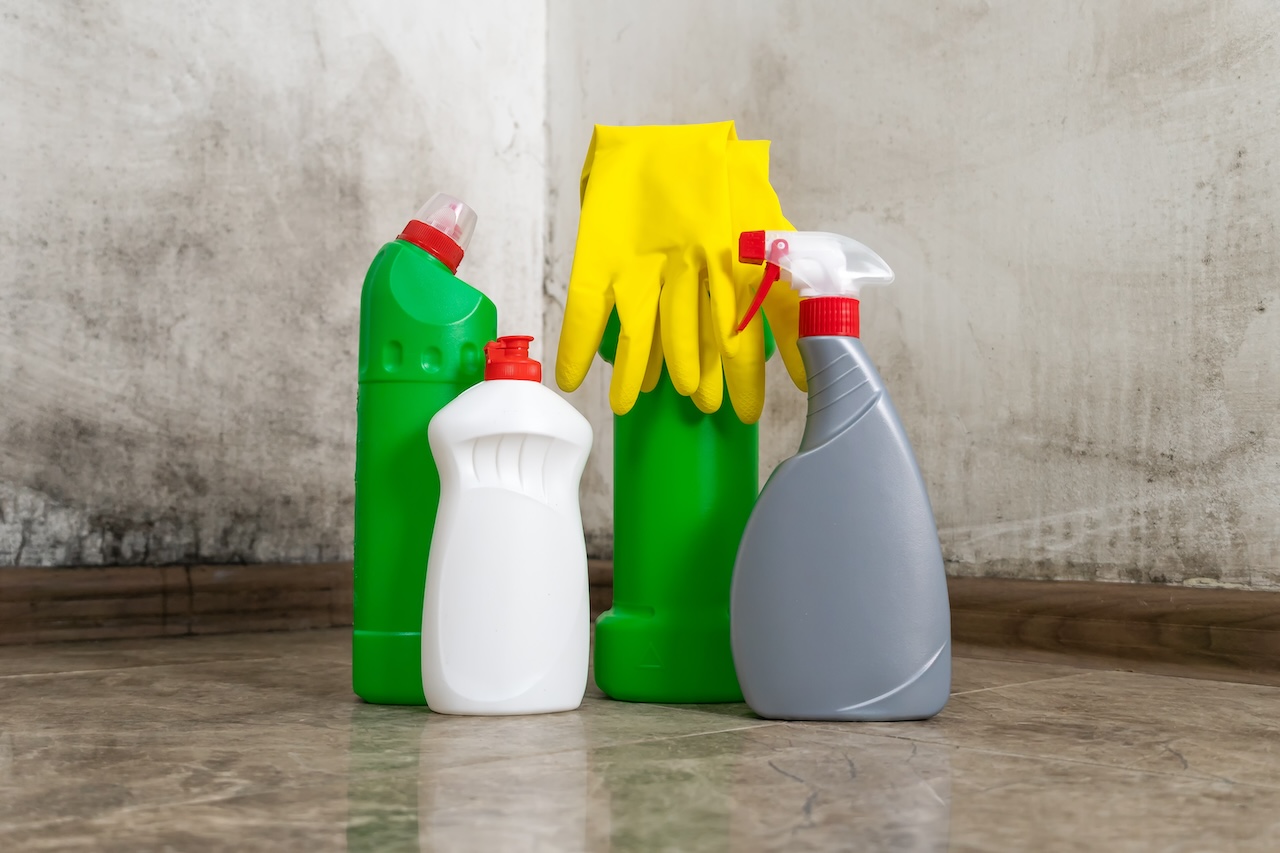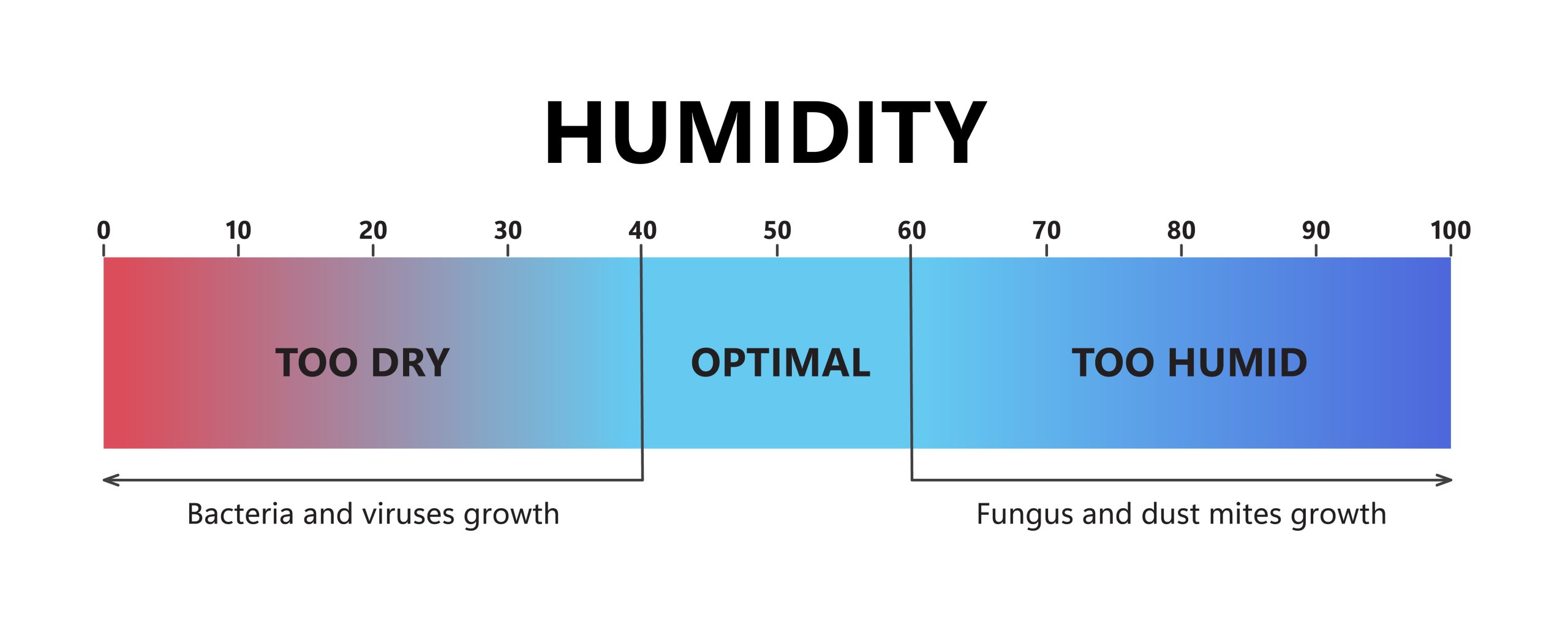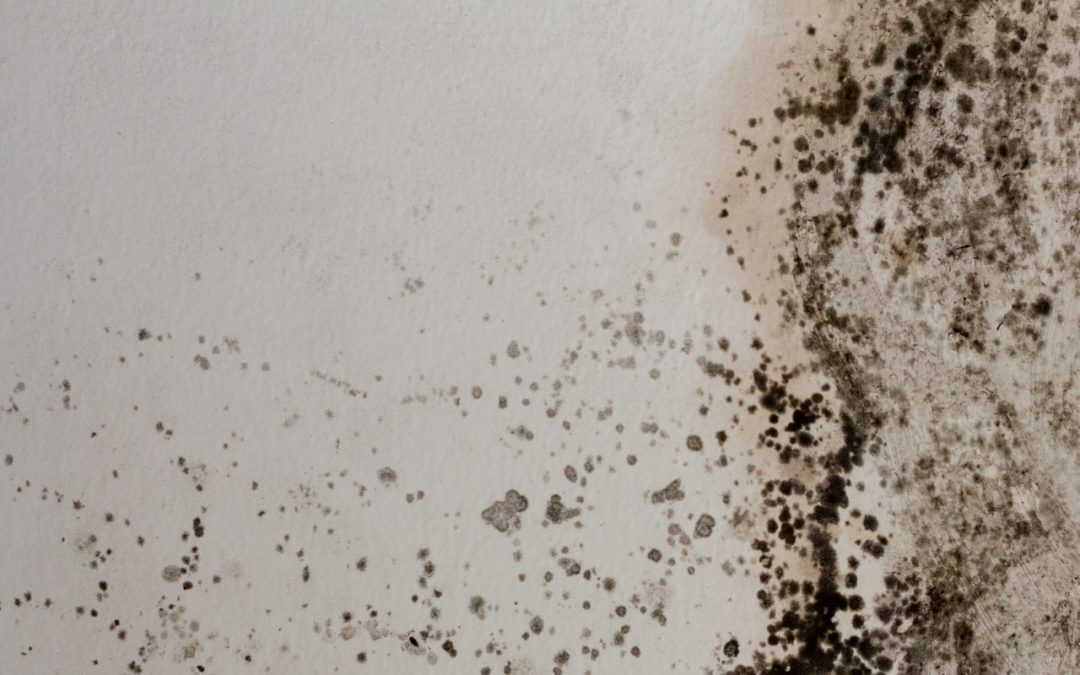Running a commercial kitchen can be hectic, with countless things to juggle at once, but one problem that should never be overlooked is mold. Mold can damage your property and pose serious health risks to employees and customers alike. Commercial kitchen mold removal is critical to maintaining a safe, clean, and compliant environment.
In this article, we’ll explore the typical mold hotspots in commercial kitchens, safe cleaning practices for mold removal, how to prevent mold from returning, and why professional mold remediation services might be your best option for severe infestations.
Identifying Mold Hotspots in Commercial Kitchens

Mold growth on the seal of a kitchen sink.
Mold thrives in warm, damp environments, making commercial kitchens the perfect breeding ground. It’s important to recognize where mold is most likely to grow so you can target these areas for routine inspections and cleaning.
- Sinks and Plumbing Areas
The constant use of water around sinks, dishwashing stations, and other plumbing areas makes them susceptible to mold growth. Leaky pipes, standing water, or even slow drains can contribute to mold formation.
- Refrigerator and Freezer Seals
While it may seem counterintuitive, refrigerators and freezers can become mold hotspots. The seals around the doors trap moisture; if not cleaned regularly, this moisture can lead to mold buildup over time.
- Ventilation Systems
Poor ventilation is a leading cause of mold growth in commercial kitchens. Grease, heat, and humidity all create the perfect storm for mold if the air ducts, vents, and fans aren’t properly maintained.
- Food Storage Areas
Mold can thrive in areas where food is stored, especially if there are spills or improper refrigeration. Pay close attention to pantry shelves and behind large equipment rarely moved.
Safe Cleaning Practices for Commercial Kitchen Mold Removal

Use gloves, masks, and protective eyewear when cleaning mold to protect yourself from inhaling spores.
When it comes to commercial kitchen mold removal, safety is key. Improper handling can spread mold spores, increasing the contamination or causing health problems. Here are the best practices for cleaning mold safely:
- Wear Protective Gear
Always wear protective gear when cleaning mold to prevent inhaling spores. Mold exposure can cause respiratory issues, allergic reactions, and skin irritation.
- Use the Right Cleaning Products
You can use commercial mold cleaners for surface mold, but ensure they are food-safe, especially in a kitchen environment. Bleach is commonly used, but you should also consider natural solutions like white vinegar or hydrogen peroxide, which are less toxic.
- Dispose of Contaminated Materials Properly
Removing and replacing these materials is often best if mold has infiltrated porous surfaces like wood or drywall. Trying to clean deeply embedded mold from porous surfaces can be ineffective and may result in the recurrence of the problem.
Preventive Measures to Avoid Mold Recurrence

Humidity is one of the primary factors that encourage mold growth.
Once you’ve successfully completed the commercial kitchen mold removal process, the next step is to implement preventive measures to prevent it from returning. Prevention is easier and less costly than dealing with an infestation.
- Control Humidity Levels
Keep your kitchen’s humidity levels below 50% and use dehumidifiers in areas prone to moisture accumulation, such as food prep stations or dishwashing areas.
- Regular Inspections and Maintenance
Routine inspections of plumbing, ventilation systems, and areas prone to mold will help catch problems early. Ensure that any leaks or standing water issues are addressed promptly.
- Clean and Sanitize Regularly
Daily cleaning routines are essential to prevent mold from taking hold. Pay special attention to damp areas and deep clean refrigerator seals, ventilation ducts, and under-sink areas frequently.
Why Professional Mold Remediation is Important
While routine cleaning and preventive measures can reduce the chances of mold, professional help is sometimes necessary, especially if the mold infestation is widespread or in hard-to-reach areas.
- Thorough and Safe Removal
Professionals like Purofirst Fire and Water Restoration have specialized equipment and expertise to safely remove mold without spreading it further. They also use industrial-grade products that can kill mold at its source, reducing the likelihood of recurrence.
- Addressing the Root Cause
Mold can often be a symptom of a larger issue, such as water damage or poor ventilation. Professional remediation teams can identify and address these underlying causes to prevent future infestations.
- Compliance with Health Regulations
Commercial kitchens must adhere to strict health and safety regulations. Failing to handle a mold issue properly can result in fines, closures, or even health-related lawsuits. Hiring a certified mold remediation company ensures your kitchen complies with local and federal health codes.
Purofirst Fire and Water Restoration: Your Mold Remediation Partner
Dealing with a mold problem in your commercial kitchen can be overwhelming, especially if you’re running a busy restaurant or food service operation. That’s why it’s essential to partner with professionals who can take the hassle out of mold removal and remediation. Purofirst Fire and Water Restoration specializes in commercial kitchen mold removal, using industry-leading techniques to quickly and efficiently get your kitchen back to safe operational standards.
From emergency cleanup to long-term mold prevention, we offer comprehensive services tailored to your needs. If you’re facing a serious mold issue, don’t wait—call Purofirst today at (760) 245-5545 to ensure a clean, safe, and mold-free kitchen.


Recent Comments